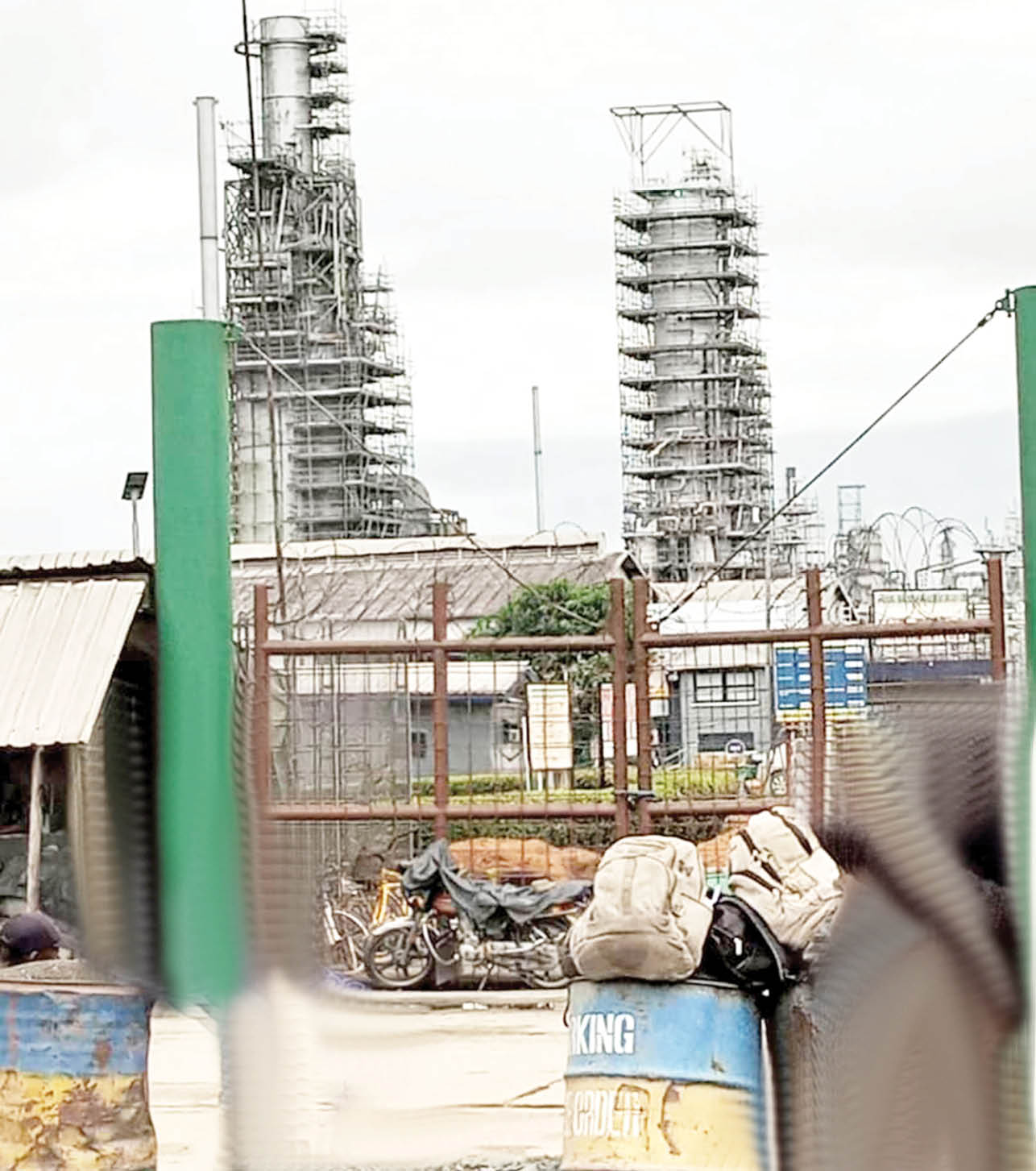It is for good measure that widespread jubilation trailed the resumption into operational mode of the 60,000 barrels per day old plant of the Port Harcourt Refinery (PHRC 1), last Monday. At the beginning of the week the Group Chief Executive Officer of the Nigerian National Petroleum Company Limited (NNPCL) Mele Kari had announced the good news to the nation and thereby, launched a spirited conversation on the various implications of the development. As envisaged by the NNPCL and the country, the resumption of the plant serves as a herald to the resumption of the remaining moribund NNPCL owned refineries such as the second 150,000 barrels per day Port Harcourt plant (PHRC 2), as well as those in Warri and Kaduna. At least President Bola Ahmed Tinubu himself had also urged the NNPCL to expedite action in that direction.
Meanwhile, among the issues contingent on the resumption of the Port Harcourt plant, two remain dominant in the run of conversations. First is the sustainability of the resumed status of the facility (and others whenever they come up), while the second and more urgent one is the impact of the development on the trending price of petroleum products, with that of the Premium Motor Spirit (PMS) – petrol remaining topical. For at the heart of every Nigerian today is the expectation that the revival of our local, NNPCL owned refineries will be actualised to bring down the price of petrol.
The elation over Port Harcourt refinery was spawned by the long period spanning several years of literal shut-down of the plant due to serial dilapidation, before the federal government launched a $1.5 billion rehabilitation programme in 2021. Even after the commencement of the rehabilitation exercise, it took at least seven false restarts which put the nation on edge, until the current state of affairs when the facility truly returned on stream. And according to the NNPCL, the scope of rehabilitation is 70% of the 60,000 capacity, which is around 8.5 million liters, to join the country’s daily requirement of 50 million litres.
Beyond the added capacity to local refining of petrol, the development offered the country a glimmer of hope in many respects. Among the positive spinoffs of the resumption of the refinery is that it vitiated the jinx that was believed to haunt the country’s own capacity to refine petrol locally, and terminate the dependence on importation of petroleum products. At least the dependence on imported fuel will reduce if not vanish.
Just as well, with the resumption of the refinery, the immediate expectation of the price of petrol reducing across the country becomes more realisable. Indeed, not a few Nigerians look forward to a drastic reduction of pump price of petrol below N1,000.00 per liter, and such cannot be unless local refining of such product is possible. Presently there is the yet to be resolved issue between petroleum marketers and the NNPCL over the pricing regime for PMS which commenced with the advent of the Dangote Refinery and had now resumed with the resumption of Port Harcourt refinery. The bone of contention here has been the comparison between the prices of locally refined petrol and imported variety, given the sensitivity of the market to pump prices.
Beyond the pricing regime of petrol is the issue of sustainability of the resumption of the government owned refineries of which Port Harcourt is now on stream with those of Warri and Kaduna expected to join soon. For against the backdrop of the country’s experience with the poor management of the government owned refineries lies the fears by not a few Nigerians over the future of these facilities given the abysmal failure of Nigerian governments in running businesses. Will they eventually be privatised as is being canvassed by some Nigerian officials or be sold outrightly by the government of Bola Tinubu, are the questions now trending.
Whichever option the government adopts offers its own share of challenges, given the experience of the country with such exercises in the past. Easily coming to mind is the experience of compromised sale and privatisation of strategic national assets like the Eleme Petrochemical Company, NAFCON, etc, which were sold with more questions than answers to their restructuring in most cases. With respect to the refineries the success story of Dangote Refinery has demonstrated that with the proper arrangement Nigeria has the indigenous human resources that can run these facilities successfully.
In the final analysis the onus lies on the NNPCL to ensure the optimal solution to these two challenges of effective pricing of petrol and sustainable management of the refineries when revamped. And that is where the capacity or otherwise of the NNPCL remains a factor for as presently constituted the agency lacks the wherewithal to deliver on the expected direction.
Whereas the agency may have issues, such is less in capacity than in corruption in its structure and business models as well as its unwieldiness.
Hence while Nigerians share the expectation of President Bola Tinubu on the return of our public owned refineries, a full scale makeover of the NNPCL is required to actualise such expectations.

 Join Daily Trust WhatsApp Community For Quick Access To News and Happenings Around You.
Join Daily Trust WhatsApp Community For Quick Access To News and Happenings Around You.


